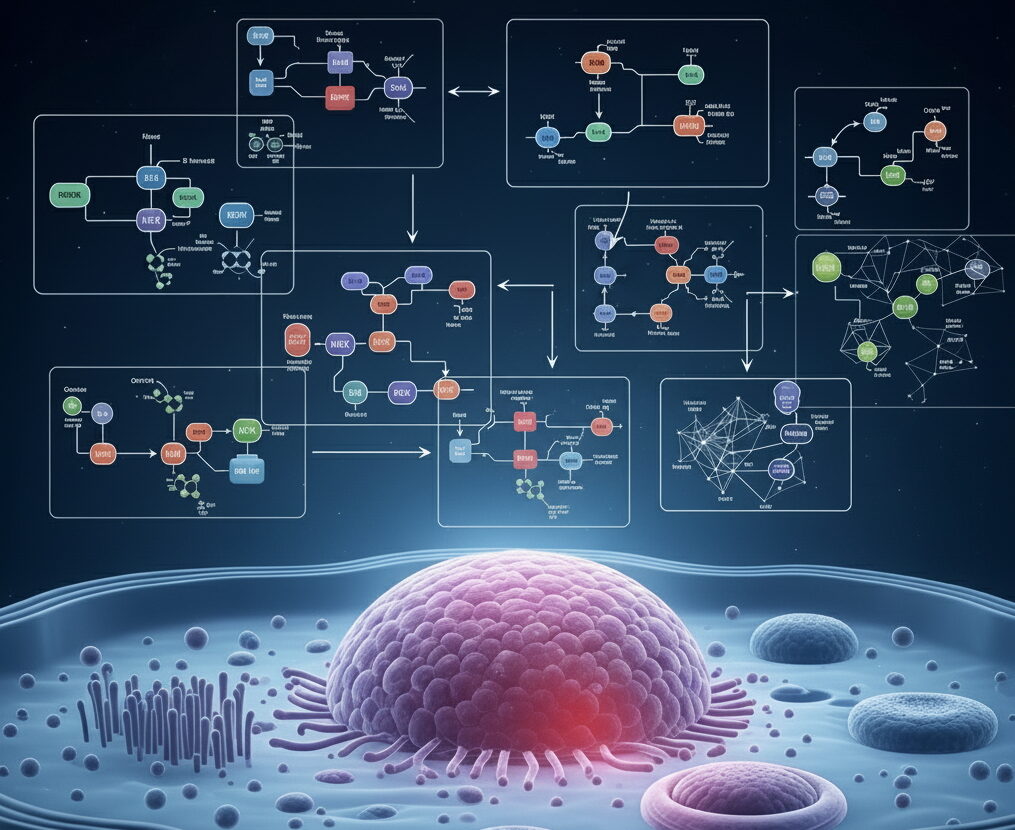Uncovering the pathways that lead to scarring or regeneration
Collaborators

Alliance faculty Michael Longaker and his team have unraveled the biology that determines whether skin tissue will scar or not. Using tools to examine skin in mice at a molecular, cellular, and tissue level, the researchers discovered that pathways underlying scarring were dominated by mechanical signaling, including genes involved in mechanotransduction, a type of communication that involves a molecule physically connecting to a receiver to transmit a signal. On the other hand, regeneration of the skin was characterized by developmental pathways, similar to those found in embryonic skin development. These findings were both motivated and enabled by Longaker and team’s recent discovery of a drug that could induce scar-free healing. This integrative and detailed biological map will help pave the way toward fully regenerative wound healing.
Longaker leads the Alliance’s Regenerative Rehabilitation efforts at Stanford University and is the Co-director of the Stanford Institute for Stem Cell Biology and Regenerative Medicine.
Read the full scientific article in Cell Stem Cell
Latest News

September 23, 2025
In sprinting, where the foot lands may be key to speed

September 17, 2025
Cyclists with similar power use different muscle strategies

September 15, 2025
A new framework for trusting modeling predictions in biology
Get Engaged
Join our mailing list to receive the latest information and updates on the Wu Tsai Human Performance Alliance.
